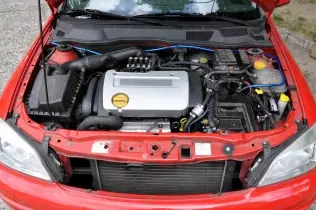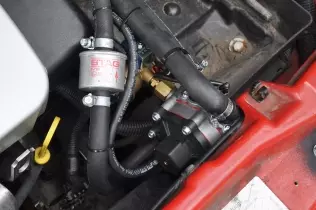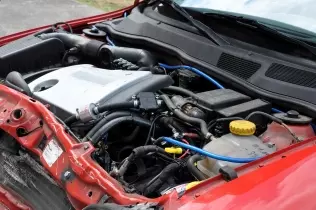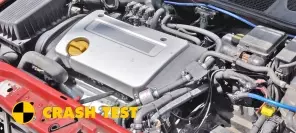- Main page
- Search
- Up to date
- Products
- Technology
- Vehicles
- Video
- Conversion Payback Simulator
Port Injection - Conversion Payback Simulator
Direct Injection - Conversion Payback Simulator
Diesel - Newsletter
When two autogas-powered cars collide...
 loading results...
loading results...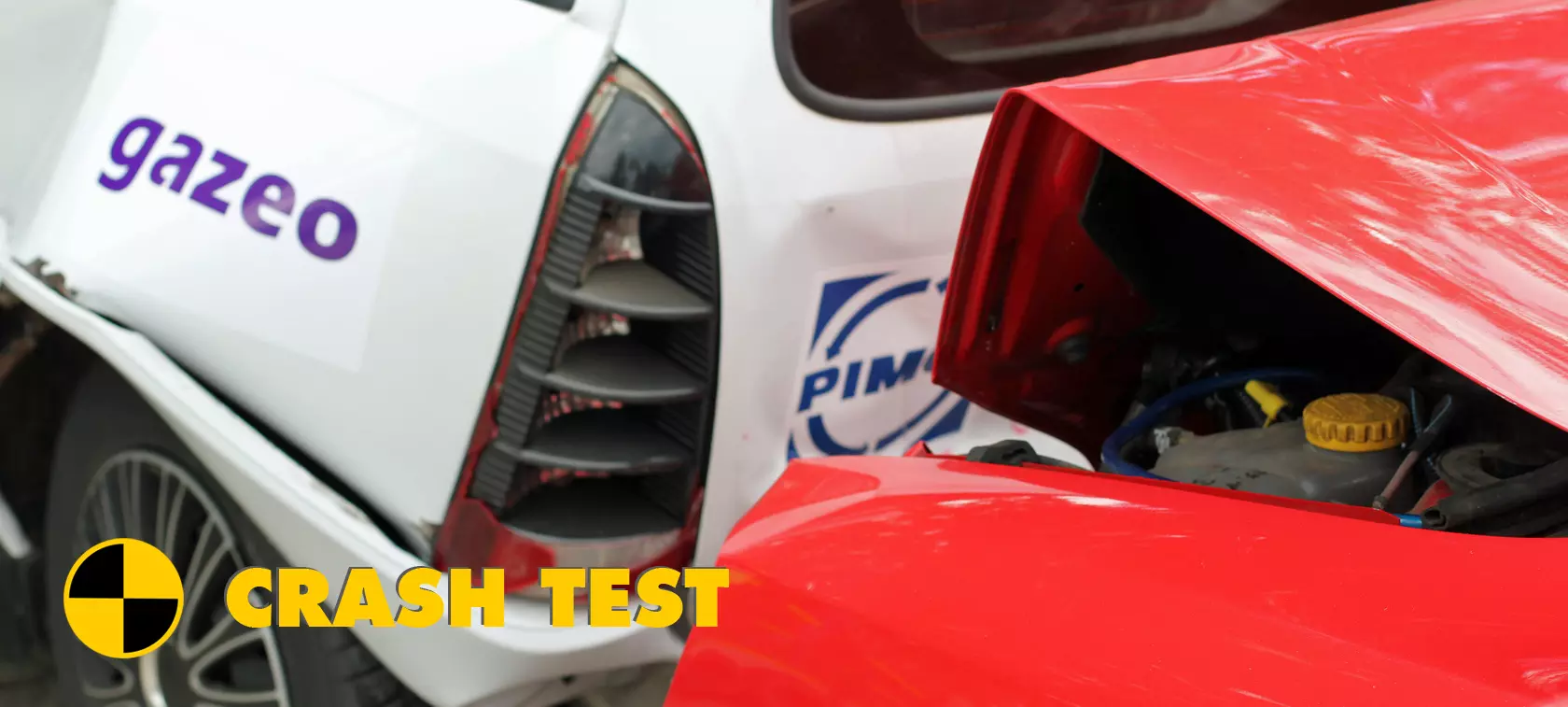 © gazeo.com
© gazeo.com 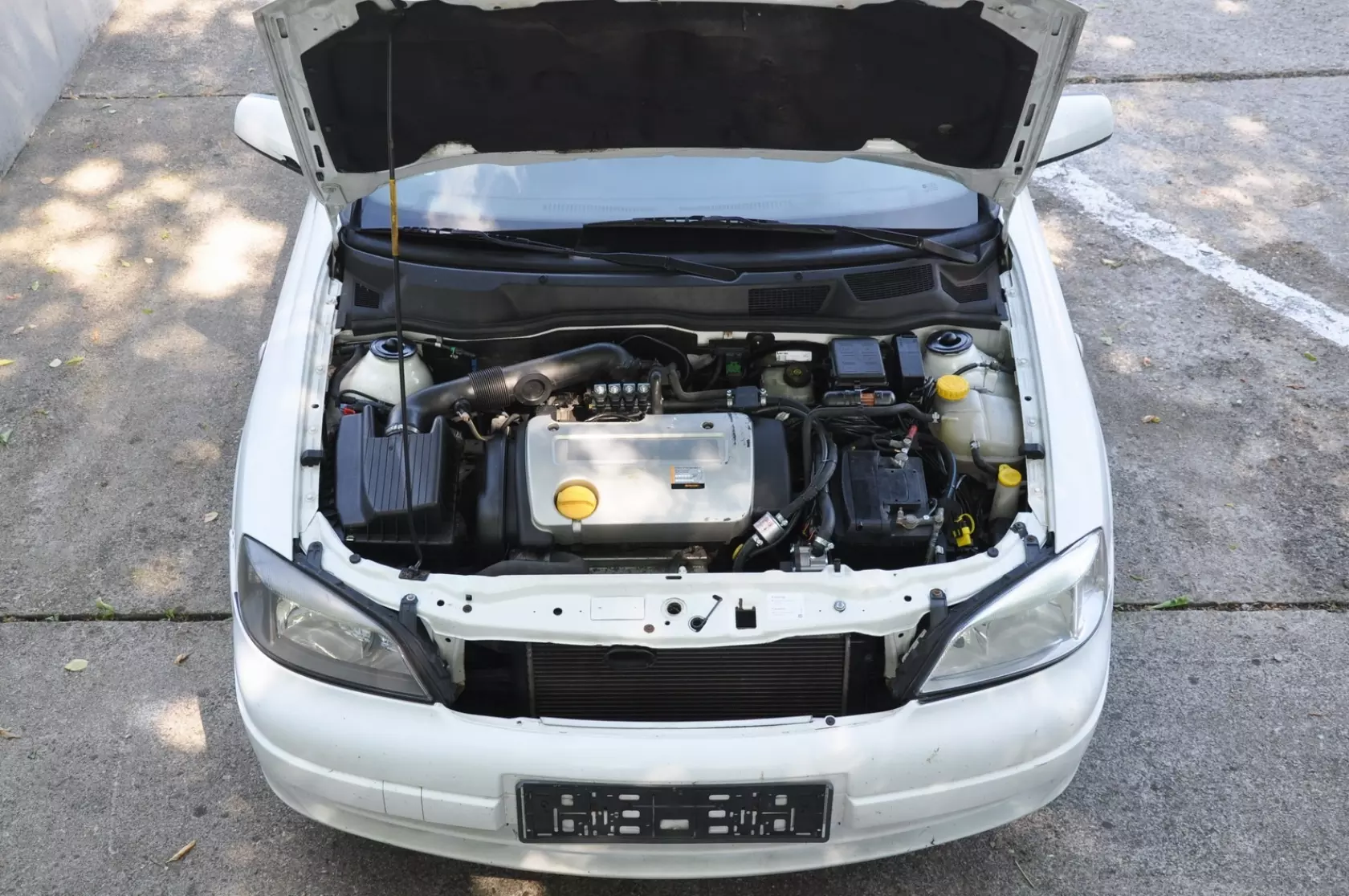 The car to be hit, like the hitting one, featured a STAG QBOX Basic autogas system
The car to be hit, like the hitting one, featured a STAG QBOX Basic autogas system 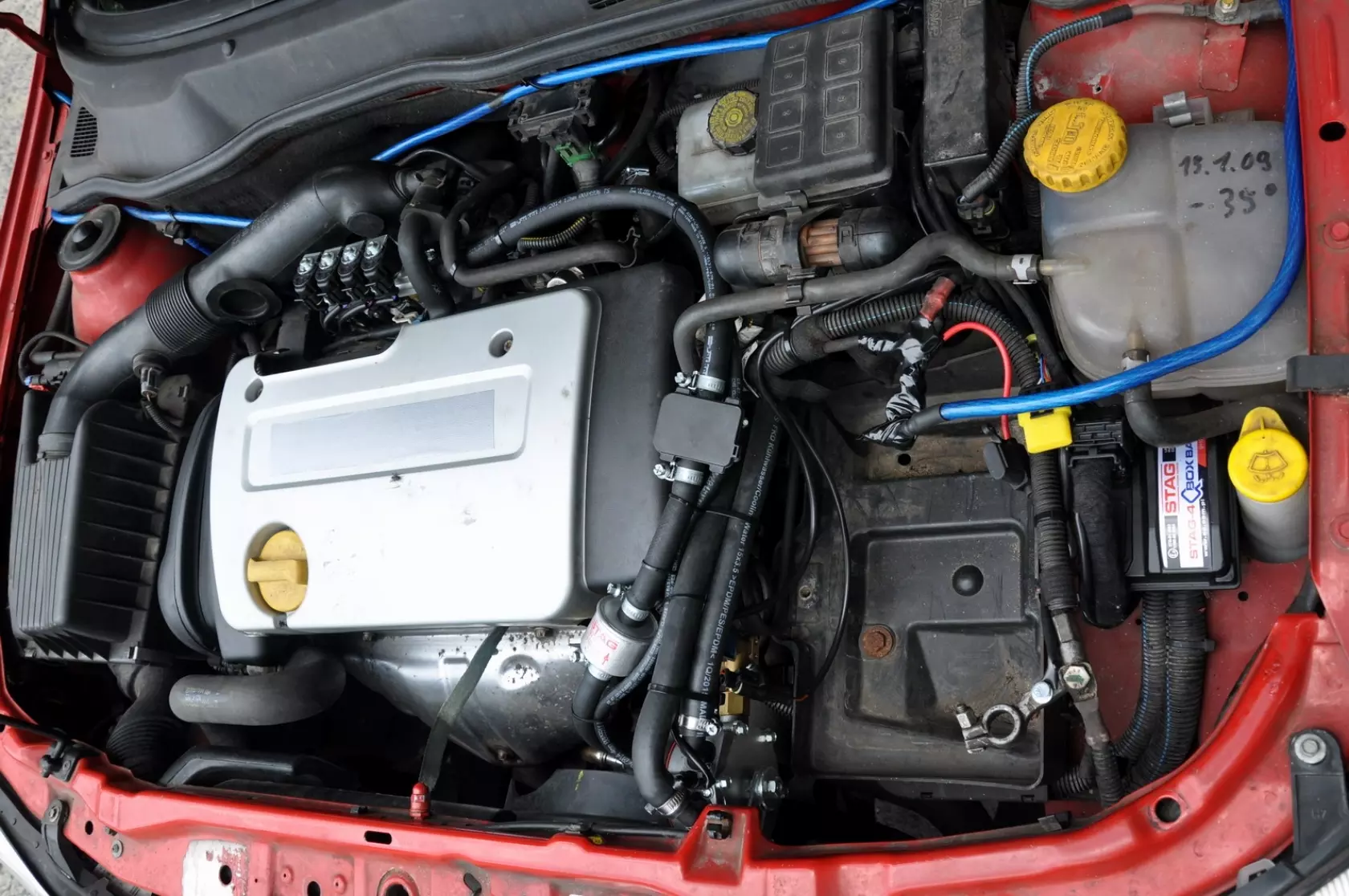 The engine bay of the hitting car before the test
The engine bay of the hitting car before the test 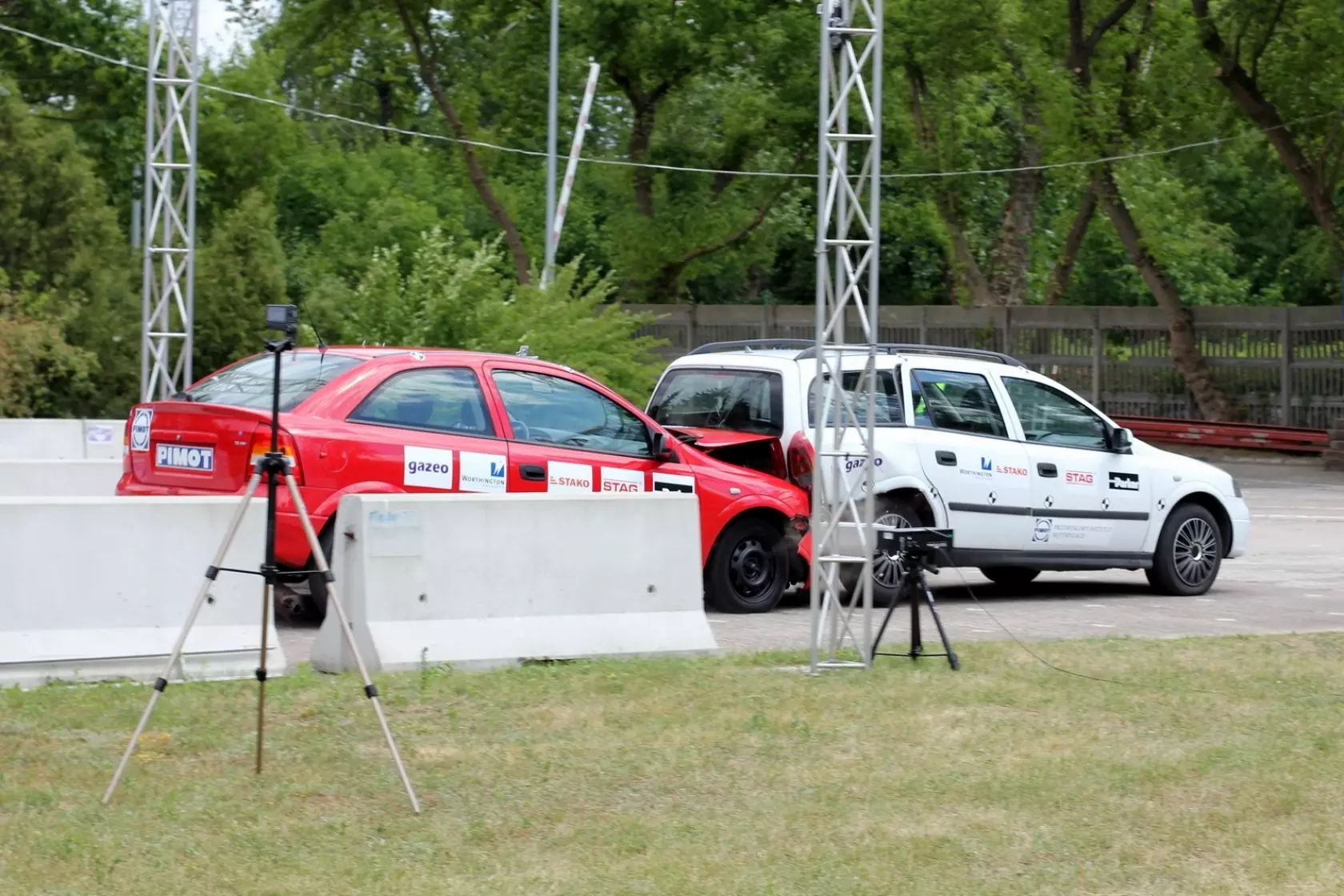 And here's the impact itself
And here's the impact itself  Expected a ball of fire or a cloud of vapourised LPG? We're not sorry to disappoint you
Expected a ball of fire or a cloud of vapourised LPG? We're not sorry to disappoint you  Opening the bonnet after the crash proved to be something of a challenge
Opening the bonnet after the crash proved to be something of a challenge 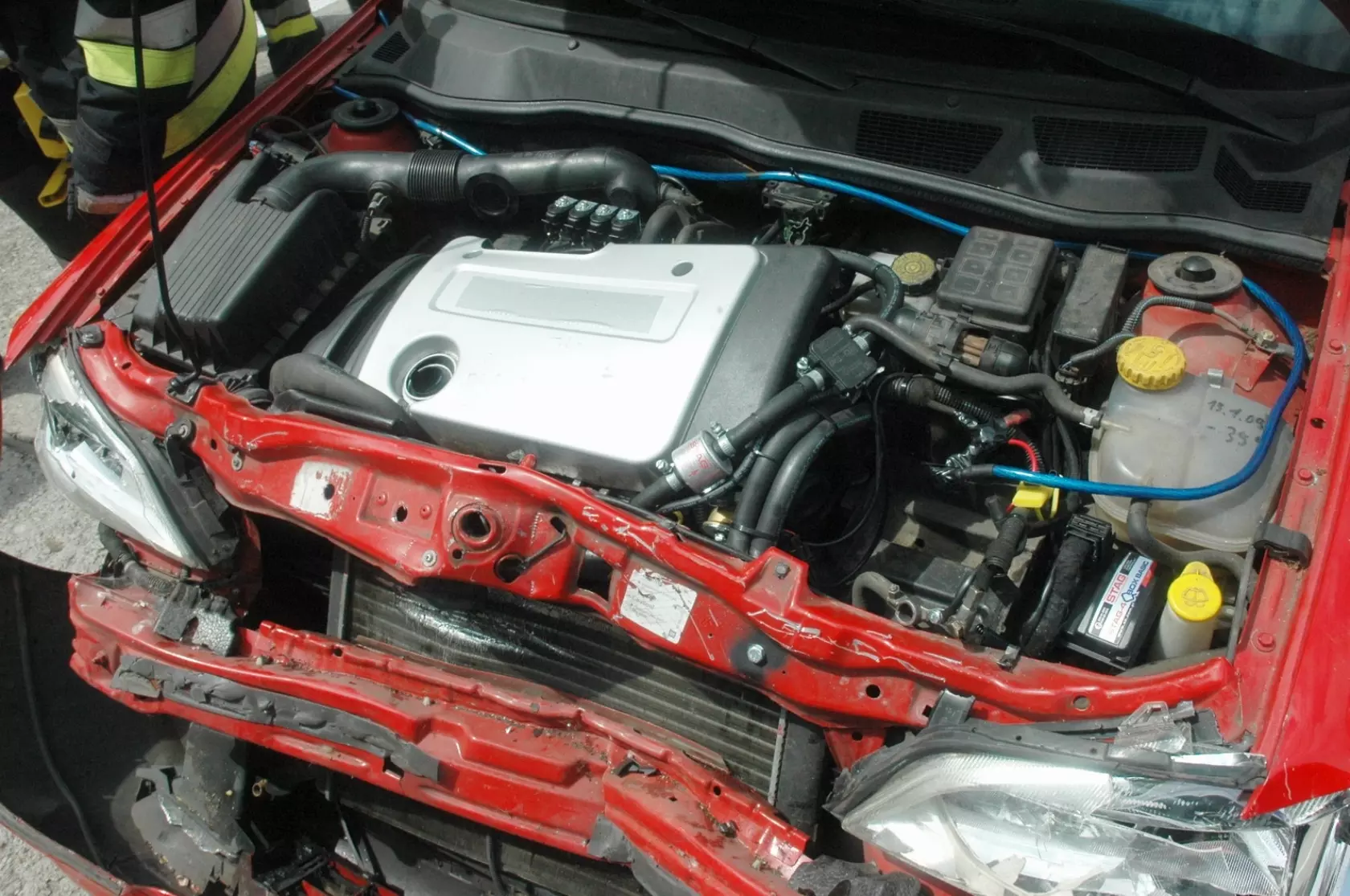 The engine bay of the hitting car was significantly damaged in the crash
The engine bay of the hitting car was significantly damaged in the crash 






We got our answer by carrying out such a test together with the PIMOT (the Automotive Industry Institute), of course using cars equipped with autogas systems. The test was designed to mimic one of the most common types of accidents occuring on Polish roads – rear-ending one car by another.
Both cars used for the test featured autogas systems fitted in accordance with all applicable regulations and comprising certified components only. Engines in the cars were running and switched into autogas modes.
In theory, the risk of losing tightness in the autogas systems was very high, since both front and rear parts of participating cars featured autogas components storing or conveying LPG in liquid state (at high pressure).
As for rear parts, these were autogas tanks. In the car to be hit (a white Opel Astra Caravan) a toroidal Stako tank was used (630 mm diameter, 204 mm height). It had a gross capacity of 47 l and was fitted in the spare wheel well. The hitting car (a red Opel Astra hatchback) featured a cylindrical LPG tank (270 mm diameter, 792 mm length) with a gross capacity of 40 l.
Up front of the cars, the components through which liquid state LPG flowed were electrovalves and – connected to them – AC STAG R02 reducers, fitted to the front belts of the engine bays. All the high-pressure components were connected with rigid (copper) LPG lines equipped with all appropriate components.
Potentially, untightening those components could have posed the greatest danger as it would have resulted in extensive LPG leakage.
The hitting car (a red Opel Astra hatchback)
As in every case of rear-ending, the hitting car suffered damage to the front part, including the engine bay and the autogas components fitted therein – both the low-pressure ones (LPG injector rail, pressure and temperature sensor, reducer's vapour state part and vapour state LPG rubber hoses) and those through which high-pressure LPG flows (the high-pressure part of the reducer, the LPG electrovalve and the rigid high-pressure fuel line delivering liquefied LPG from the tank).
In the front part of the engine bay, right behind the front belt a STAG R02 reducer was fitted. Attached to it via a short, rigid connector was an LPG electrovalve, to which in turn autogas in its liquid state was delivered through a copper line straight from the tank mounted in the cargo area at the rear of the car. From the reducer, vapourised LPG was conveyed to the pressure and temperature sensor and further to the injector rail to be injected into the channels of the intake manifold and combustion chambers of each cylinder. Due to the impact and the subsequent deformation of the engine bay, the reducer was dislodged. As a result, the high-pressure part of the autogas system was untightened, because the rigid connector between the reducer and the electrovalve was damaged.
Why then wasn't there a cloud of abruptly vapourised LPG around the car? After all, when liquefied LPG vapourises, its volume increases by a factor of 270. It didn't happen thanks to the PS-02 pressure and temperature sensor. The LPG system ECU uses it to calculate the appropriate autogas dose, accordingly to the engine running conditions.
The sensor is also responsible for switching the engine back to petrol once autogas from the tank runs out. As the fuel is gradually used up, its pressure drops both inside the tank and in the low-pressure part of the LPG system in the engine bay, after the reducer. When the sensor detects a pressure drop (to 0,6-0,65 bar), it is interpreted as lack of fuel in the tank and the engine is automatically switched back to petrol.
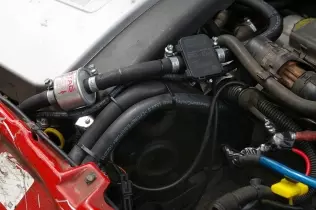 © gazeo.comThe unassuming hero of the test - the LPG pressure and temperature sensor, which prevented autogas leakage after the impact
© gazeo.comThe unassuming hero of the test - the LPG pressure and temperature sensor, which prevented autogas leakage after the impactA pressure drop in the low-pressure part of the autogas system was exactly what happened during our test. When the high-pressure part lost tightness due to the broken connector, LPG pressure in the low-pressure part dropped abruptly. The STAG PS-02 Plus pressure and temperature sensor noticed the drop and worked as it would in the case of lack of fuel. The low pressure signal was sent to the autogas system ECU and the latter closed the electrovalves – the one on the tank and the one in the engine bay (the one disconnected from the reducer in the aftermath of the impact) – as well as the LPG injectors, thus switching the engine to run on petrol.
Pressure and temperature sensors, used in all sequential vapour state LPG injection systems, are thus not only autogas dose regulatory devices, but also safety measures (which is often overlooked). Apparently, it plays the latter role very well. The sensor reacts to pressure drops very quickly (in 0,3 s), thus preventing any serious leaks from happening. This means LPG-powered cars cause no extra danger during accidents.

